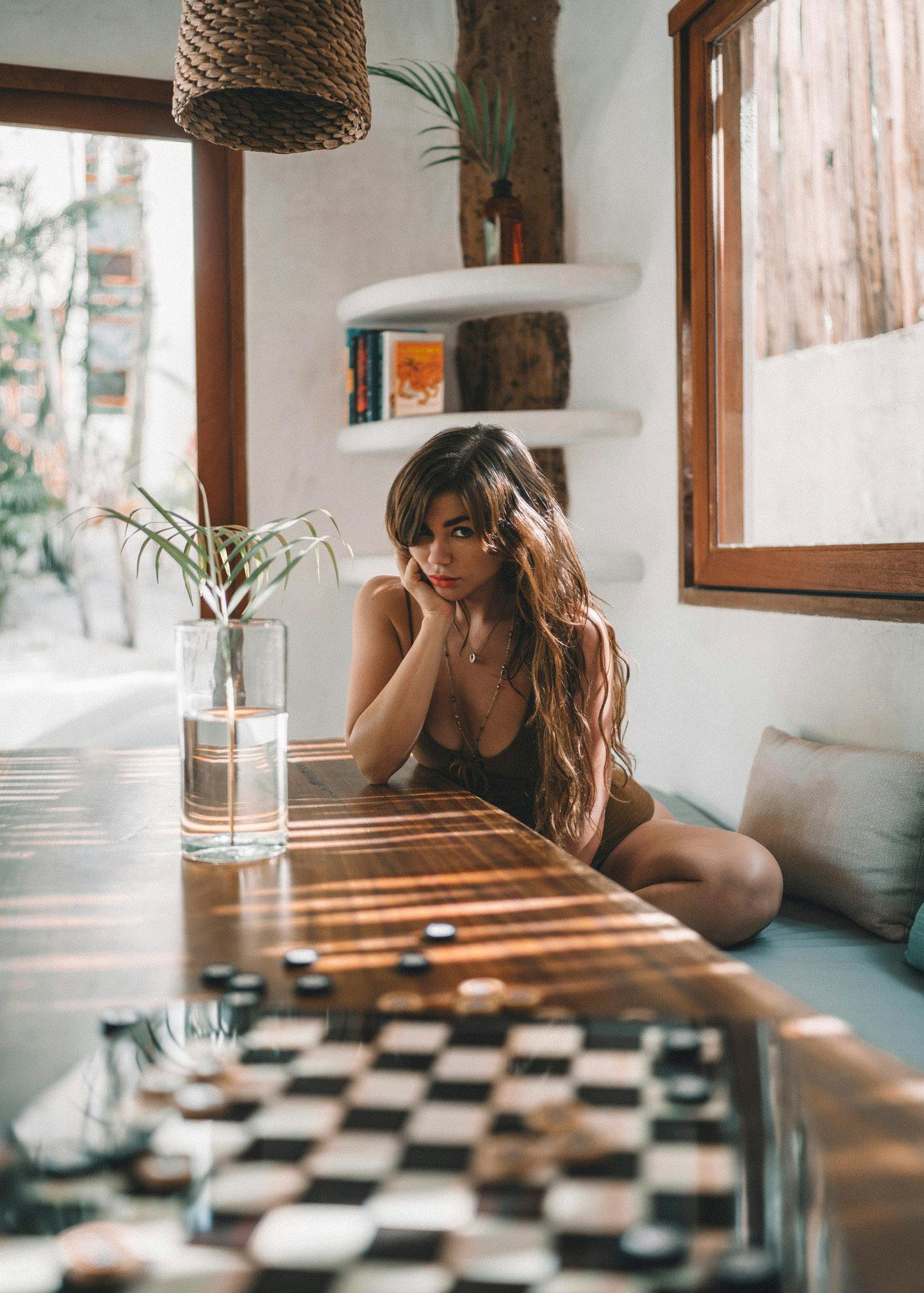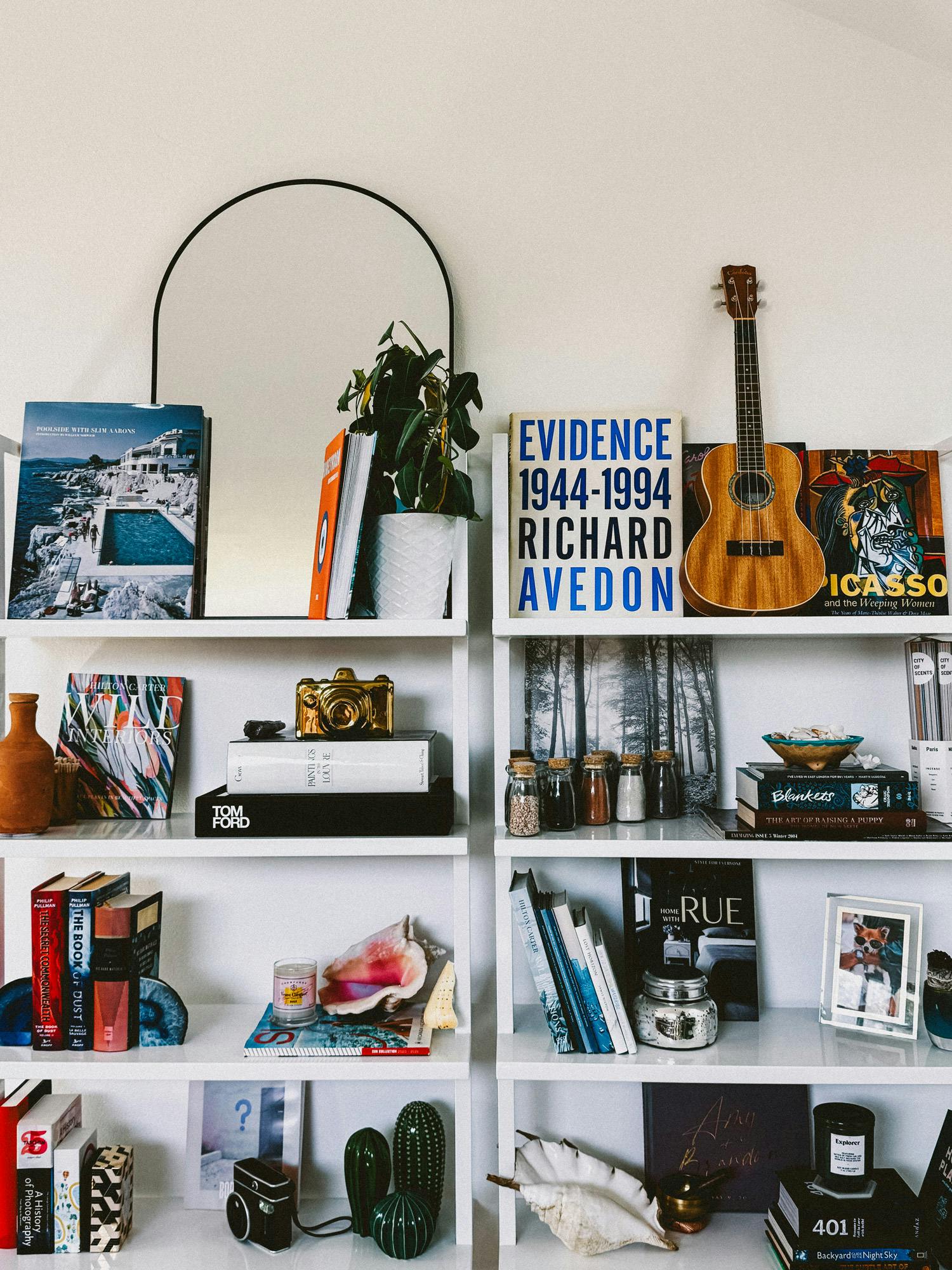Protect Your Home and Valuables: The Complete Guide to Home Security and Fire Safety

Your Home as a Fortress
Your home is more than just a roof and four walls; it's where you live, where you keep your most valuable things, and where you feel safe. A modern, mindful way of life requires a balance between looks and safety. We buy smart locks and alarm systems, but the best way to feel secure is to be ready for anything, especially the risk of fire.
Keeping important documents and media safe should be your top priority. This is where specialized, non-electronic solutions really shine. Buying fire protection boxes is a simple but essential step. These safes are insulated and lockable, designed to protect passports, insurance papers, birth certificates, external hard drives, and family photos from extreme heat for a set period.
You can safeguard your personal and financial history by placing a small fire box in a hidden, secure spot such as a closet or home office. This simple adjustment significantly increases the durability and safety of your home.
Outside the House: Keeping Hazards Safe
Home security often stops at the walls, overlooking the specific risks that come with storing items outdoors. If you enjoy grilling, use patio heaters, or operate outdoor appliances, it’s crucial to store fuel safely. Portable propane tanks are convenient but highly flammable, requiring careful storage.
Businesses handling multiple tanks use controlled, ventilated, and durable enclosures, a level of professionalism that can easily be adapted for home use. A propane storage cage is a commercial-grade solution that protects tanks effectively:
- Ventilated - Prevents gas buildup in case of a leak.
- Safe - Secures tanks from theft or accidental tipping.
- Temperature Controlled - Keeps tanks away from direct sunlight or heat sources.
Placing a clearly labeled storage cage away from the main house and ignition sources dramatically reduces a common outdoor hazard. This approach demonstrates a homeowner’s commitment to safety and attention to detail.
The Art of Preparedness: Making Safety a Part of Design
Integrating safety into your home doesn’t mean sacrificing aesthetics; it can be seamlessly built into the design. Consider the placement of fire extinguishers: rather than storing them in a dusty basement, mount them near the kitchen, perhaps inside a pantry door, so they remain hidden yet accessible.
Modern smoke and carbon monoxide alarms are now available in sleek, low-profile designs that blend into ceilings, further demonstrating that safety can coexist with style.
Organization is another crucial element. Frayed or worn electrical cords are among the most common causes of house fires. Keeping cords neat, out of sight, and properly managed using dedicated charging drawers or advanced cable systems reduces the risk of overheating and fire. A tidy electrical setup is a safer one.
The Human Factor: Awareness and Practice
Even the best equipment is only as effective as the people using it. A well-prepared family provides more security than any single device or system. Fire safety requires ongoing practice: conduct home fire drills at least twice a year, ensuring everyone knows two ways to exit each room and where to meet outside.
All family members should also be aware of the location and contents of fire protection boxes and understand how to use the propane storage cage. Knowledge and consistent practice cultivate a culture of responsibility and awareness. By combining high-quality physical security with careful organization and regular drills, your home transforms from a simple living space into a secure, resilient fortress, allowing you to enjoy modern life without constant worry.




